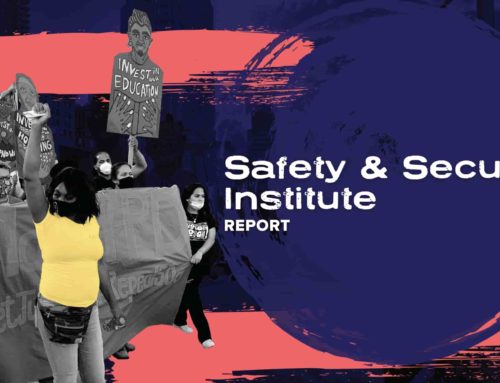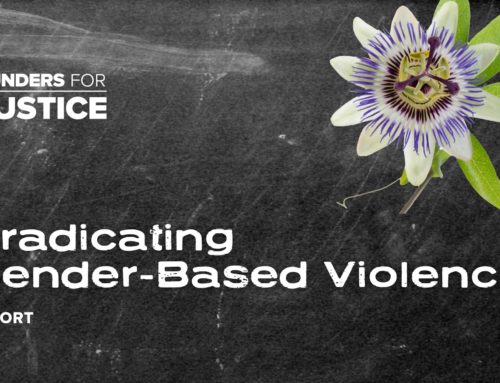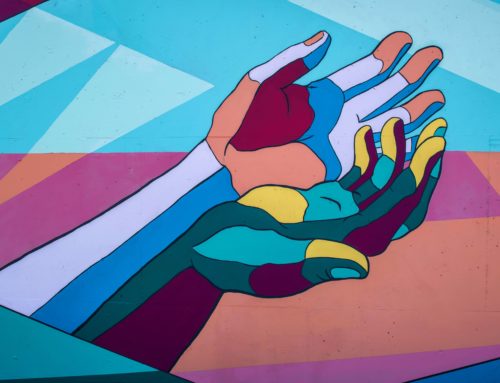By Drew Lindsay, Chronicle of Philanthropy
July 19, 2016
In mid-April, a police-reform task force appointed by Chicago Mayor Rahm Emanuel delivered a handsome 183-page report, its cover adorned with photos of city residents and comforting words about “restoring trust.” Yet the words inside carried a stinging condemnation of systemic racism in the city’s law enforcement.
A similar message is routinely delivered on the streets of Chicago with more raw power and emotion. Since the November release of video footage showing a police officer shooting 17-year-old Laquan McDonald, protests have closed highways, disrupted holiday shopping on the Magnificent Mile, and brought city meetings to a standstill.
Both these indictments of the Chicago police are the product, in part, of philanthropy. Foundations in the city stepped up to fund the mayor’s task force, with a MacArthur Foundation staffer joining the work. At the same time, various local and national grant makers and donor networks are backing many of the grass-roots activists organizing protests.
A similar, two-track philanthropic response is likely in the wake of the recent police shootings near St. Paul, Minn., and in Baton Rouge, La. In cities hit by such crises, one wing of philanthropy is often at the center of reform and policy efforts, while another is supporting activists applying pressure from outside the process.
The two sides don’t always work in isolation; some grant makers back both approaches. Still, there are tensions over strategy and tactics, and questions about philanthropy’s proper role in the push for change…
Read the full article in the Chronicle of Philanthropy.



